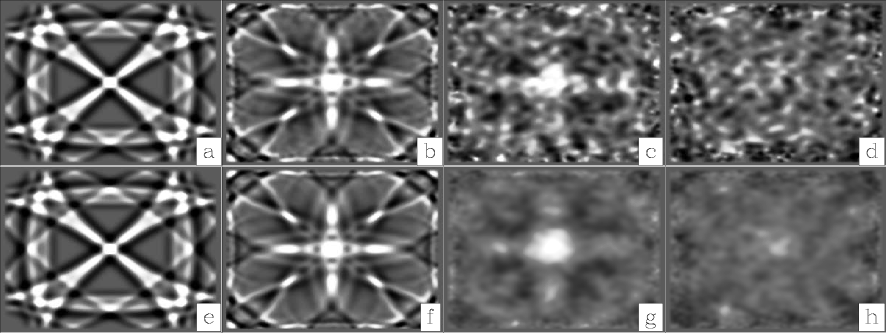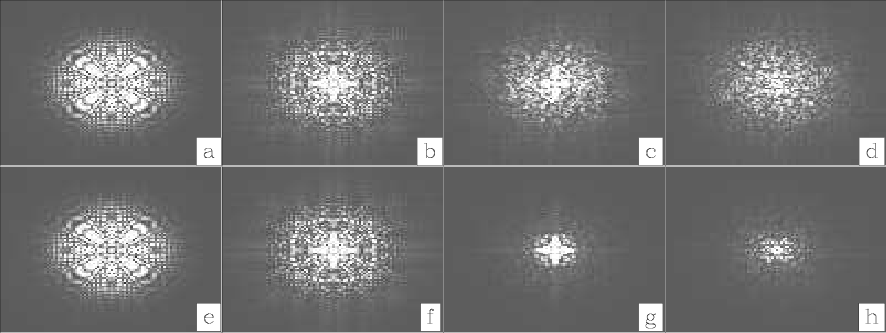|
|
|
|
Random boundary condition for low-frequency wave propagation |

|
|---|
|
wvmvsixhoriz
Figure 2. Time-domain wavefield snapshots for a point source with |
|
|

|
|---|
|
wvmvsixkabshoriz
Figure 3. Wave-number-domain amplitude spectrum of wavefield snapshots for a point source with |
|
|
|
|
|
|
Random boundary condition for low-frequency wave propagation |